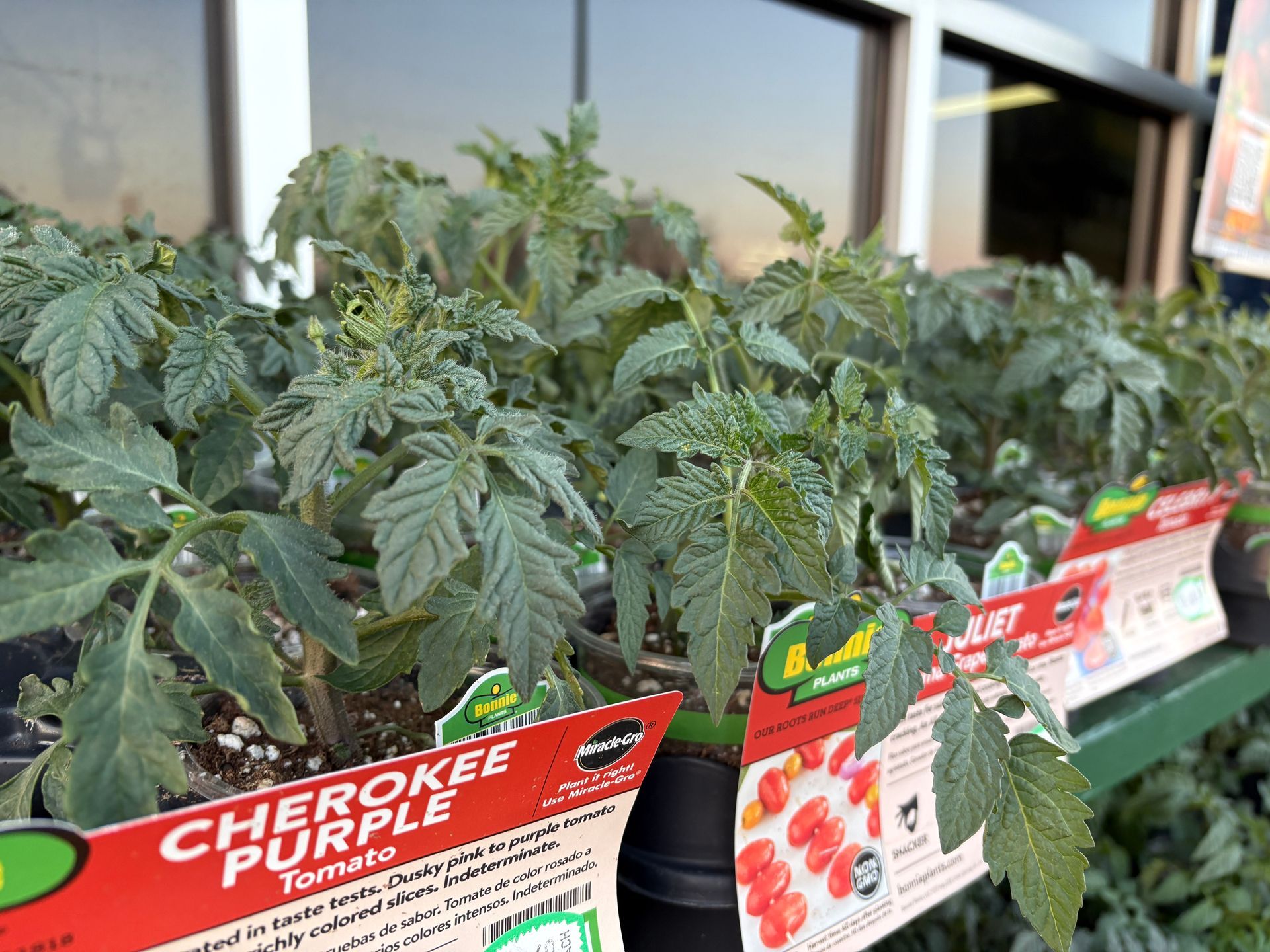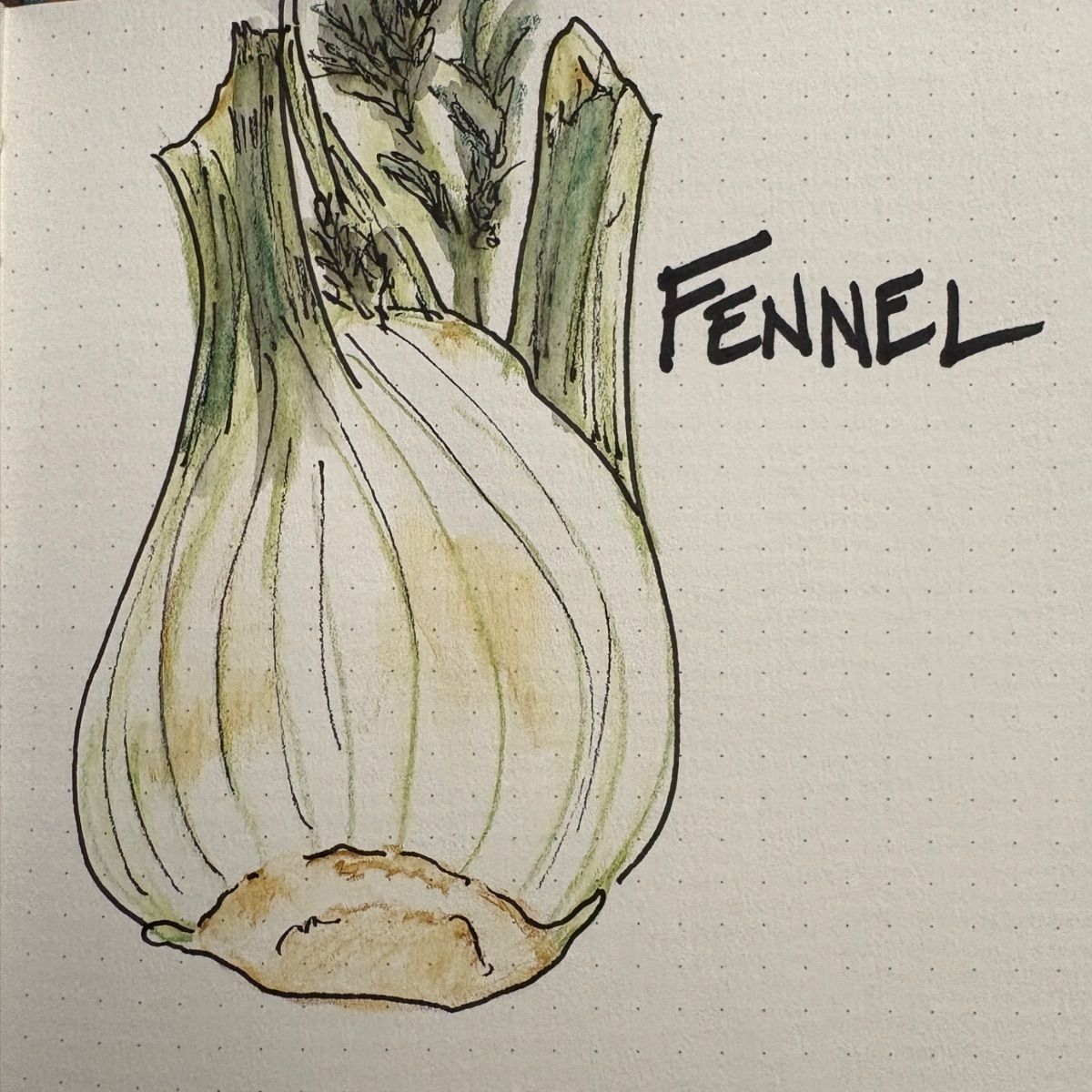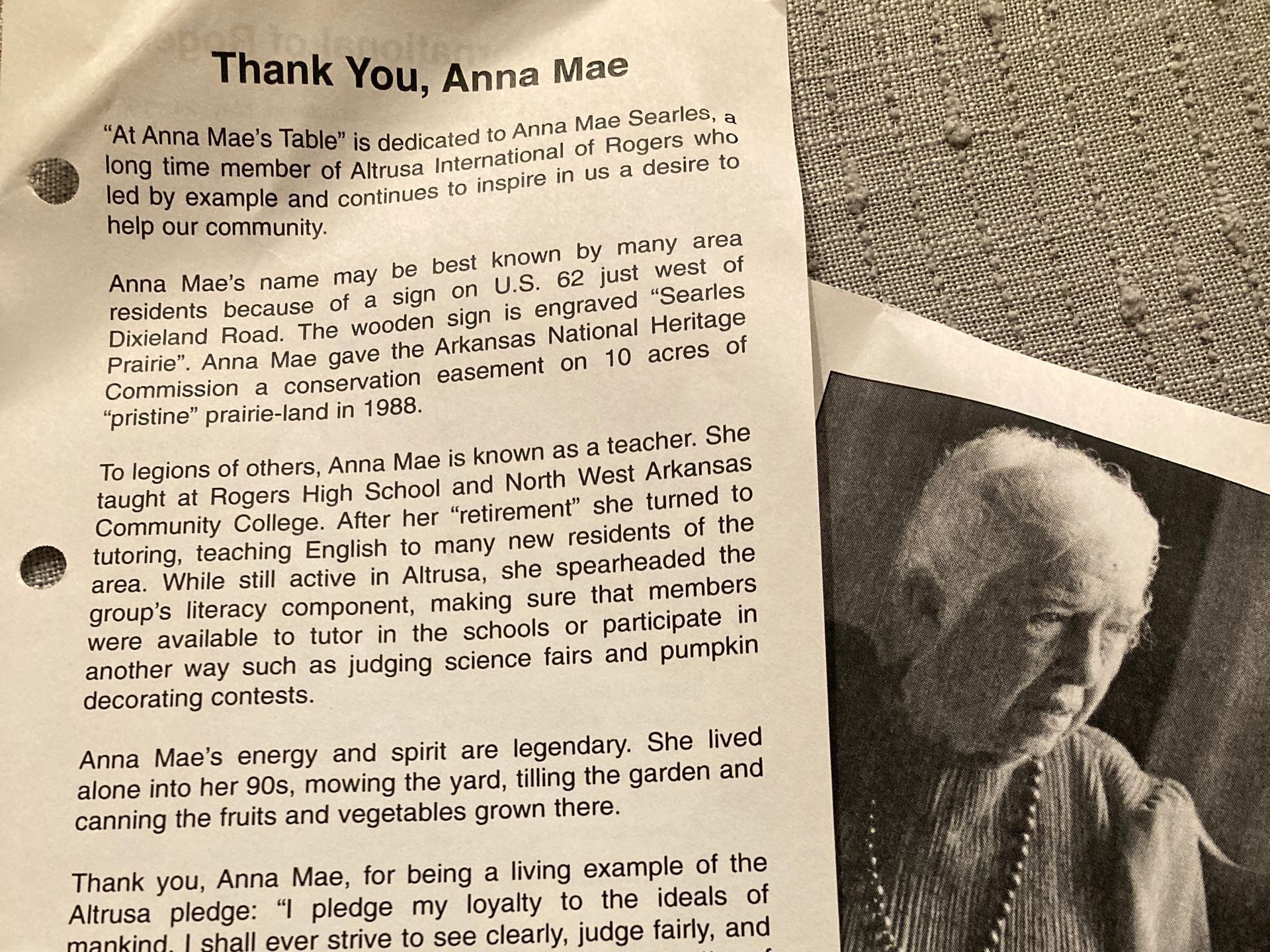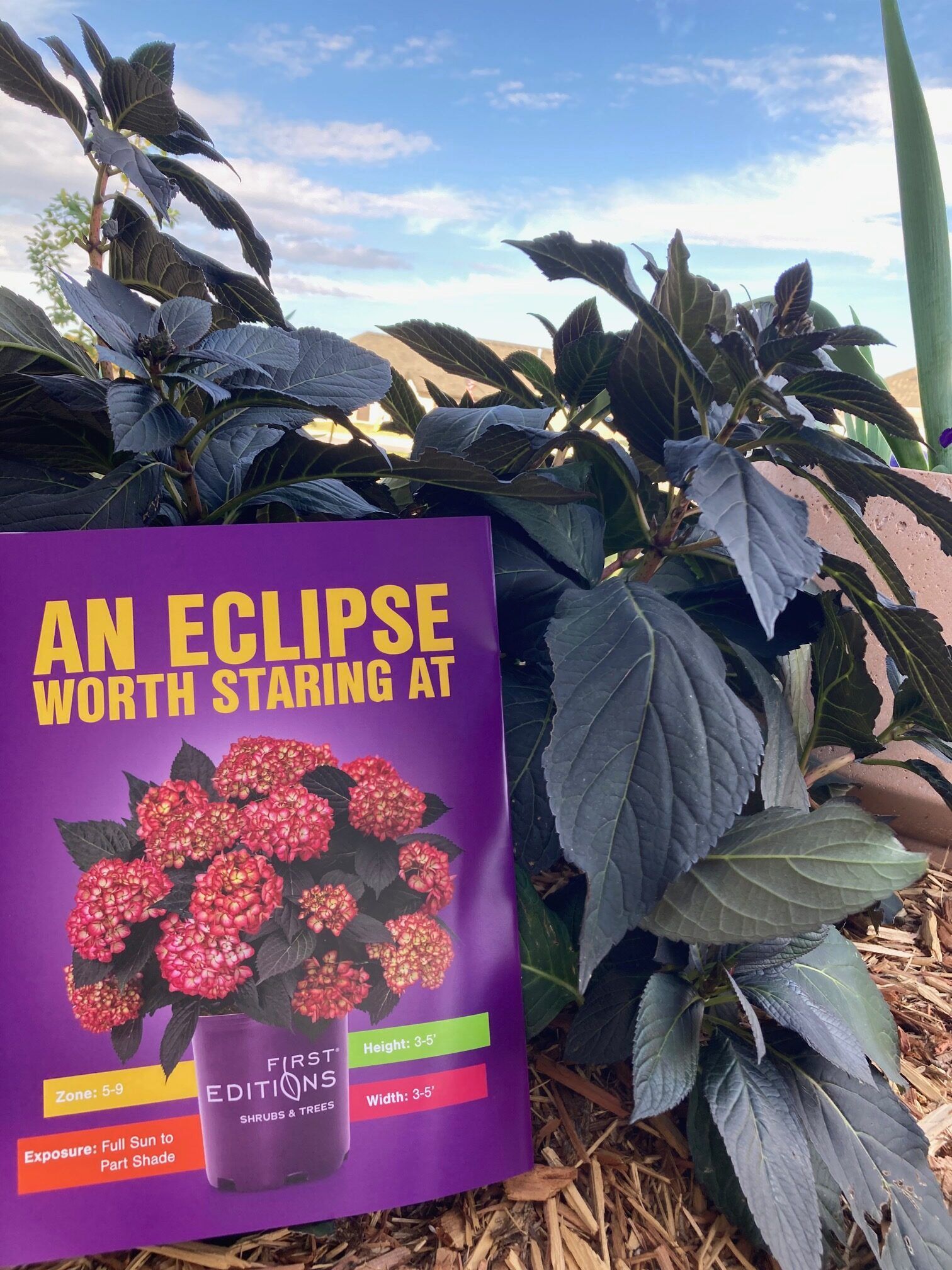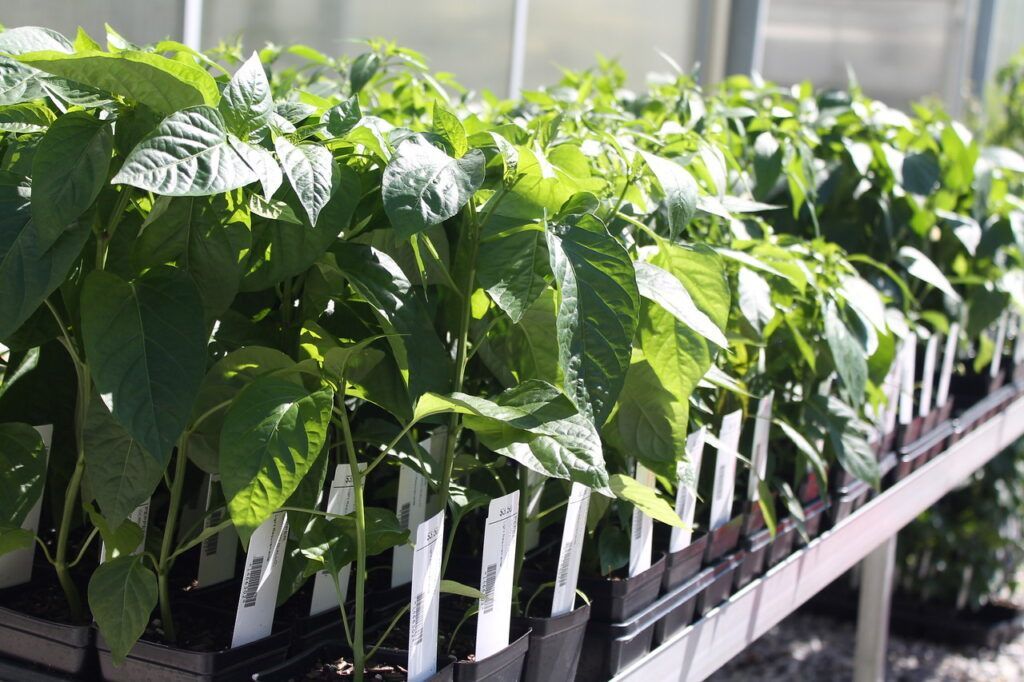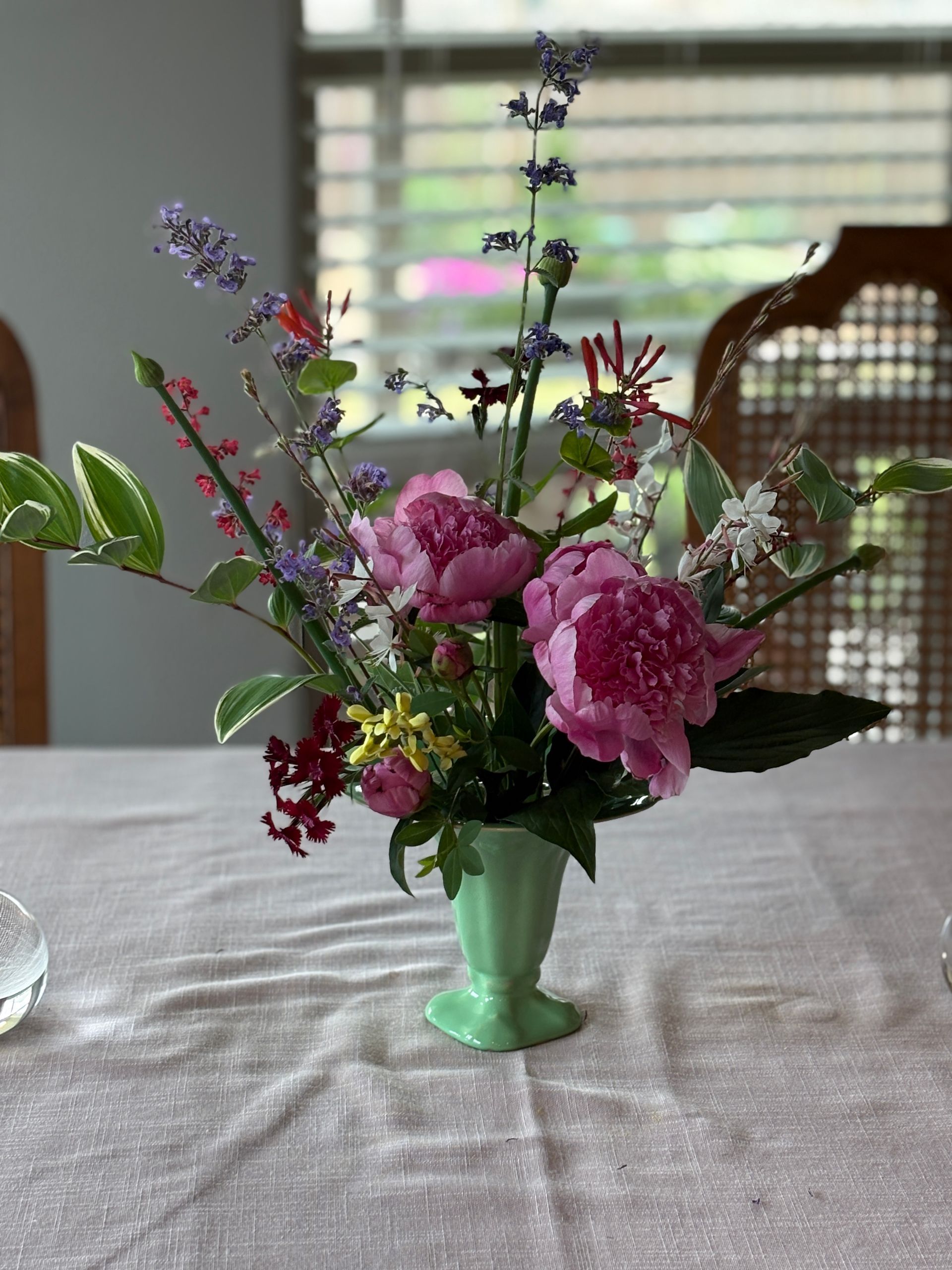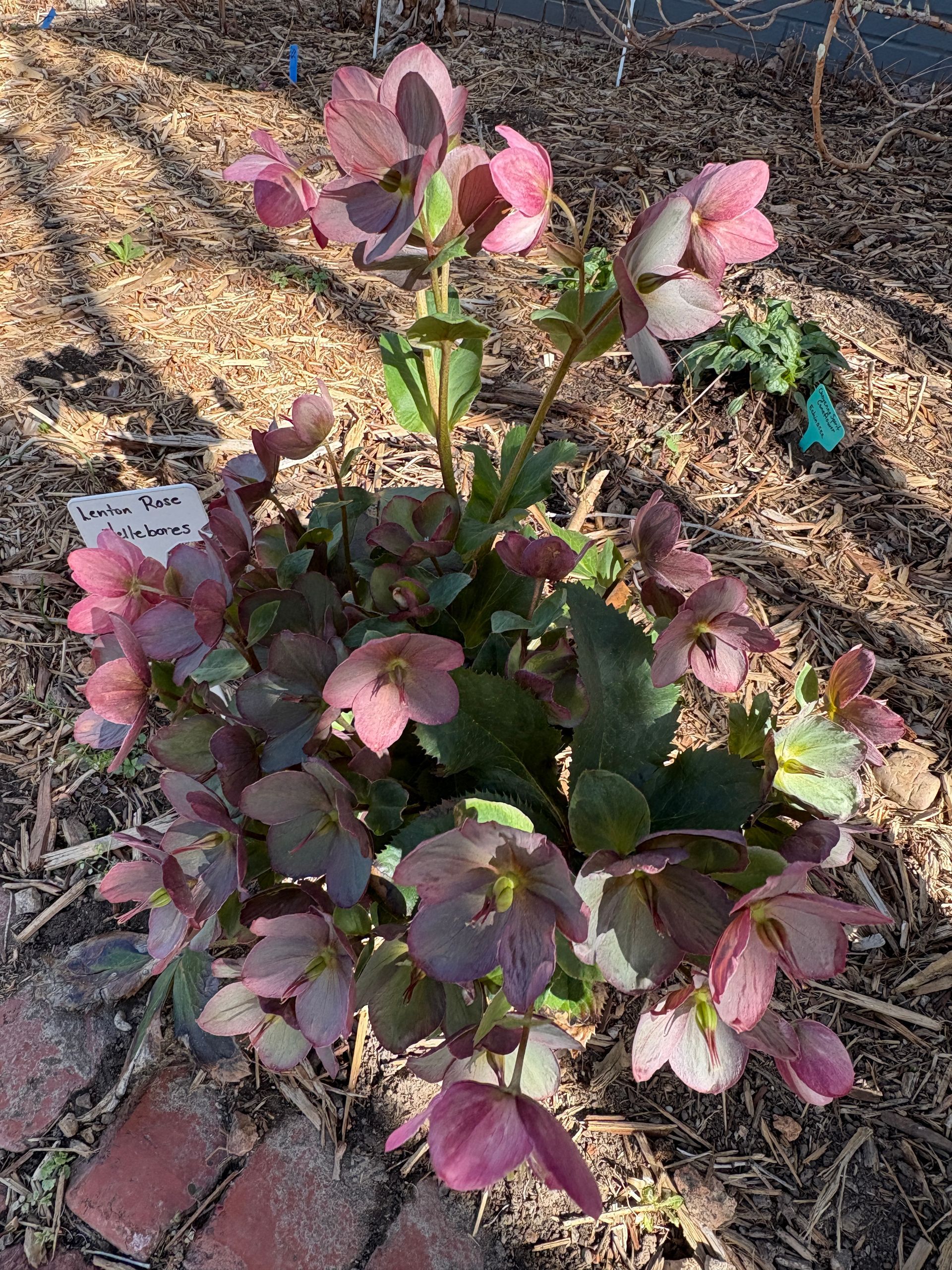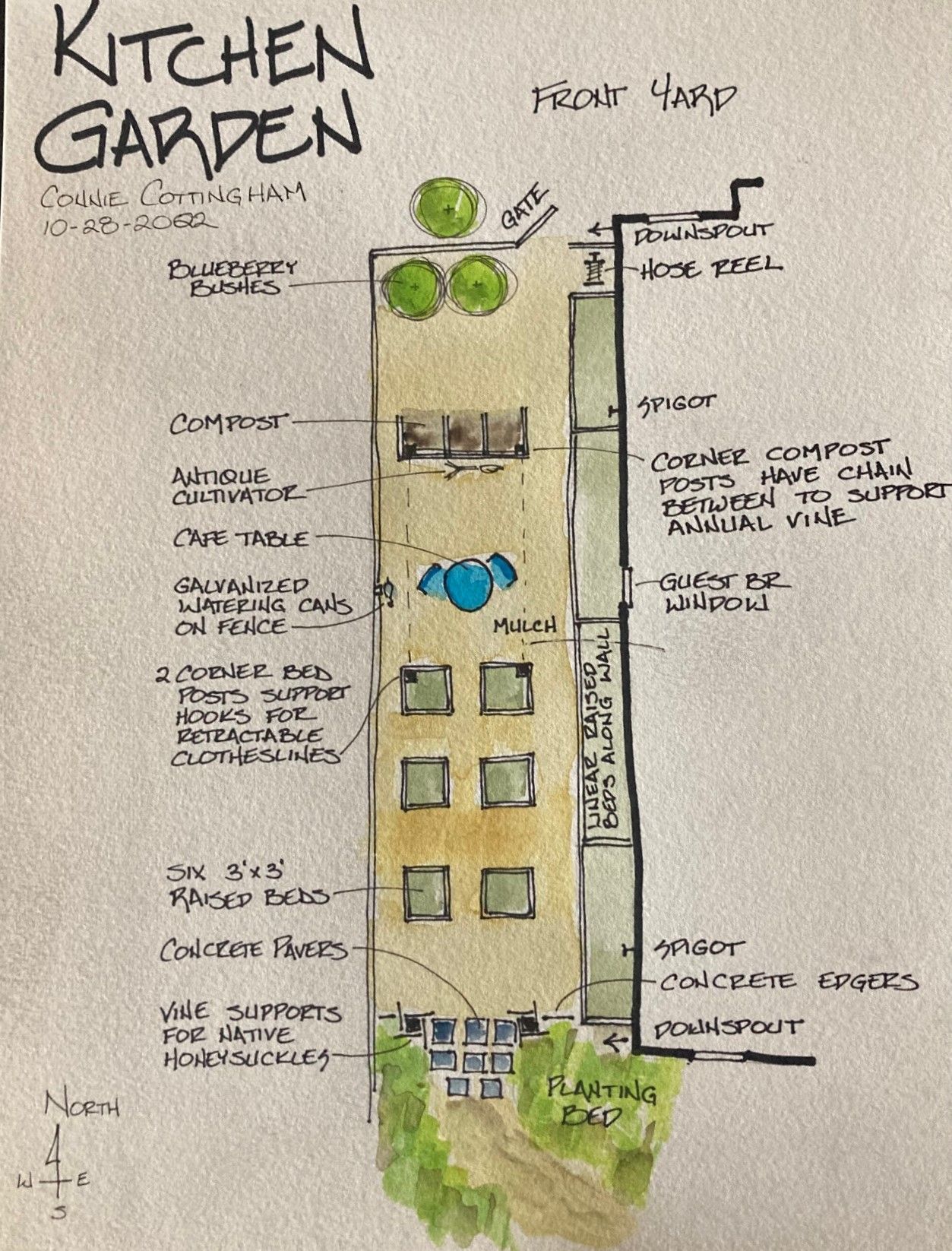Foster Orchids have Arrived
Two dozen orchid plants traveled back with me from Dad’s greenhouse into my living room – or at least they will be there once the new mail-ordered light table arrives. Luckily, a couple boxes of orchid and gardening books also traveled with me. After Dad’s funeral we were all pleased that my brother-in-law Lou, who lives across the street from Mom , said he would like to take over Dad’s hobby greenhouse. “After taking care of the orchids whenever your folks traveled I understand why John liked spending time in that greenhouse.” Right before I left I showed Lou all I knew about repotting orchids. We repotted three orchid plants. One with a beautiful orange bloom yielded two plants – one for each of us.
I volunteered at the State Botanical Garden once a week for about a year repotting orchids. When Dad came to Gerogia for a visit several years ago he spent an afternoon with me and the Greenhouse Curator, giving us tips and improving our repotting skills. A few years ago I consulted Dad about orchid basics to write one of my weekly newspaper columns. That column is below – time for me to review it! I need to brush up on my orchid growing skills – not only do I have these two dozen plants and other plants he gave me, but I may have almost the only Blc. ‘John L. Fugedy’ plant left. It’s almost big enough to divide – hopefully in a few years others in the family will have one too.
I just joined the American Orchid Society. Bless them, they provide informative videos to members, as well as their monthly magazine and a monthly ‘to do’ checklist.
To Grow Orchids You Just Have to Know What They Like
Published in The Athens Banner-Herald January 2006
My father has had has a home-made greenhouse in the back yard, filled with orchids, for as long as I can remember. A corporate pilot, he could be gone for days at a time, so as soon as I showed any inclination for gardening I was trained to take care of those orchids. If you are at all hesitant to adopt an orchid and try growing one, let me try to explain what orchids want as I learned as a child and once I started my collection.
Orchids like light, but not direct summer sun.
All orchids need light, some more than others. Cattleyas take more light than Phalaenopsis. But none like direct sun in summer. Dad would put a shadecloth over the greenhouse for summer and take it down in winter. The orchids that went outside in summer were hanging from a tree or under a shade structure.
Orchids need air circulation.
If you look in a greenhouse, you will see the benches (tables the plants sit on) are usually made of wire mesh. This lets the water drain through, but it also lets air flow through. Air movement is key to growing orchids.
I did not understand this basic principle until recently. My orchids thrive outside in summer, hanging under the pecan tree. Last winter I moved them to a room in the back of the house where they received nice morning light. But this room was heated with a space heater and I only went in there once or twice a week, not being as diligent as I should with the humidity trays. The poor little guys were breathing dry, still air. The plants endured the winter indoors, then thrived again when they moved outside in summer. Now the orchids live with us in rooms with ceiling fans and air movement and are much happier then last winter.
Orchids need fertilizer.
Dad used a fertilizer that turned the water and his thumb blue. Not all gardeners have green thumbs; my Dad often has a blue thumb and he’s a great gardener.
Orchids need water.
Dad’s basic rules of watering: water the little pots more frequently than the big ones, in summer more frequently than in winter, and water every plant until water runs out the bottom of the pot.
I carry mine to the tub to give them a thorough watering and spraying: watering once, allowing a little time to drain, then watering again before returning the plant to its place. Lift the pot before and after you water your orchid and soon you will be able to tell if your plant needs water by the weight of it.
If you have city water, you may want the water to sit in an open container for a day to remove residual chlorine. This also brings the water to room temperature.
Orchids like humidity.
Georgia’s hot, humid summers can literally take your breath away. But the hotter it gets, the more orchids like humidity. Water evaporating off the leaves and enough moisture in the plant both help the plant handle heat. Avoid the combinations of dry and hot and wet and cold – orchids do not like either.
One summer Dad could not trust the temperamental fan in the greenhouse. On a sunny, summer day air movement is essential in a greenhouse or it starts to bake like a closed car. So Dad devised a solution – an obnoxiously loud alarm triggered by temperature. Luckily, all of our neighbors were cows. He thought it was a stroke of genius (it was); I despised the thing. Whenever that alarm sounded, I was to drop everything, run out to the greenhouse to check the fan and, using a special hose attachment, spray a fine mist of water throughout the greenhouse. The evaporating water had a cooling effect. Even if the alarm did not sound, I was to mist once or twice during a sunny summer afternoon.
Indoors, a humidity tray or tabletop fountain helps add moisture.
Orchids don’t like to be too hot or too cold.
Many orchids adapt well to indoor temperatures, although they usually like temperatures to drop at night. Turn down the thermostat a little at bedtime and your orchids and heating bill may both look better.
This advice is simple and general. The best way to learn about orchids is to take one home and learn by doing.
Phalaenopsis, the moth orchid, is one of the best orchids to try growing indoors. They have a spray of flowers rising above broad, low leaves and roots that like to wander outside the pot. Preferring temperatures between 65 and 85 degrees and lower light conditions, most homes offer the conditions they need. Phalaenopsis are also very easy to find. They are usually sold in bloom and the blooms can last for months on the plant. Plants can rebloom one to three times a year. If you have a spot where African violets are happy, Phalaenopsis should be happy there too.
Tom Larkin, grower, hybridizer, and orchid judge, recommends Ortho’s Complete Guide to Orchids by Michael McKinley (Editor) for beginning orchid growers. Flora’s Orchids, recently published by Timber Press, is a beautifully illustrated, informative reference. Both books are endorsed by the American Orchid Society.
